A Christmas revival of New Adventures’ ten-year-old production of Sleeping Beauty stirs up all my nagging ambivalence about Matthew Bourne’s work. I’ve mulled over this in print elsewhere several times, and I feel conscious that if Bourne reads reviews – perhaps he doesn’t – he might be groaning into his Corn Flakes. But his reputation is so securely high (a knighthood, Tonys and Oliviers galore), his popularity so ubiquitous, that an honest doubter can’t do him any harm.
Here are the pros. He has invented a recipe of his own, hard to imitate, though many have tried – a mix of Kenneth MacMillan’s sexed-up ballet idiom, Cameron Mackintosh-Andrew Lloyd Webber theatrical spectacle, and the cinematic fantasies of Disney and Tim Burton. He has a keen sense of what makes good theatre – in other words, he can spin a yarn, create vivid characters and hold a restive audience’s attention. In Lez Brotherston he has a wonderful in-house designer, who unfailingly provides him with richly atmospheric stage pictures. Through his choice of dancers, largely trained in performing arts rather than ballet schools, he assembles troupes bursting with exuberant energy and commitment: they always seem, infectiously, to be having fun. Bourne’s shows communicate immediately and directly: kids love them, ladies from the shires love them, people who run a mile from classical ballet love them, even some high-minded critics love them. And he certainly does good business at the box office.
Now for the cons. In stark summary, he is not subtle musically and although he clearly knows the classics inside out (and quotes from them liberally), he exploits only a limited choreographic vocabulary. Every movement is cued to the beat, graphically and overtly semaphored in jerks rather than flows. He never creates a legato that develops organically – his default mode is bump and grind, twist and stretch – and his style is so relentlessly emphatic that small gestures are never made to mean something large. The absence of nuance, of stillness, of quietness or restraint, soon becomes very wearing. I end up feeling that I’ve binged on cheap chocolate.
Sleeping Beauty demonstrates both the strengths and shortcomings of Bourne’s imagination. A recorded redaction of Tchaikovsky’s score, cut and pasted with cringe-making clumsiness, is broadcast over-amplified, to the detriment of its finer delicacies. Moving from the late Victorian era to the present day, the plot is reinvented with variable results and intermittent clarity.
Text displayed on a screen explains that the bad fairy Carabosse was a magic midwife for Aurora’s conception; since her help has gone unrewarded, she has turned nasty. After her demise, her son Caradoc inherits his mother’s desire for revenge and becomes Aurora’s malevolent suitor. A girl of hoydenish spirit, she favours a lusty but humble gamekeeper. The second part is muddled by the introduction of a vampiric male incarnation of the Lilac Fairy and the substitution of an Eyes Wide Shut orgiastic disco for the ballroom celebrations of the nuptials. Bourne doesn’t make much of the contrast in tone and mood provided by the forest scene, nor does he make the ultimately happy outcome narratively coherent.
Brotherston has once again come up with attractive sets and costumes, and the cast go at it wholeheartedly: Ashley Shaw makes a feisty Aurora, Andrew Monaghan an endearing gamekeeper, as Dominic North and Paris Fitzpatrick slug it out as the Lilac Fairy and Carabosse-Caradoc. The audience duly squealed, whistled and cheered.
Next month the Royal Ballet will return to its version of Petipa’s 1890 original Sleeping Beauty – a production that despite all its rococo elegance and dusty formality seems to dig deeper into the poetic myth and excavate more of its resonances than this clever and colourful confection. Does Bourne have the potential to do something nobler? I think he does. Twenty years ago, he adapted Losey’s film The Servant into Play Without Words. It was an anomaly in his oeuvre, not altogether successful, but interesting and layered and uneasy. Perhaps it is time he returned to that darker territory.
The post Like bingeing on cheap chocolate: Matthew Bourne’s Sleeping Beauty, at Sadler’s Wells, reviewed appeared first on The Spectator.
Got something to add? Join the discussion and comment below.
Get 10 issues for just $10
Subscribe to The Spectator Australia today for the next 10 magazine issues, plus full online access, for just $10.
You might disagree with half of it, but you’ll enjoy reading all of it. Try your first month for free, then just $2 a week for the remainder of your first year.

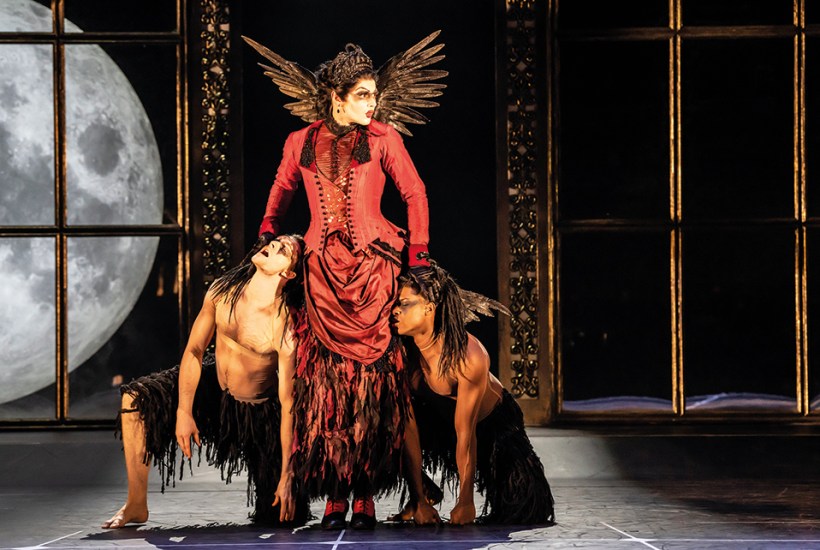
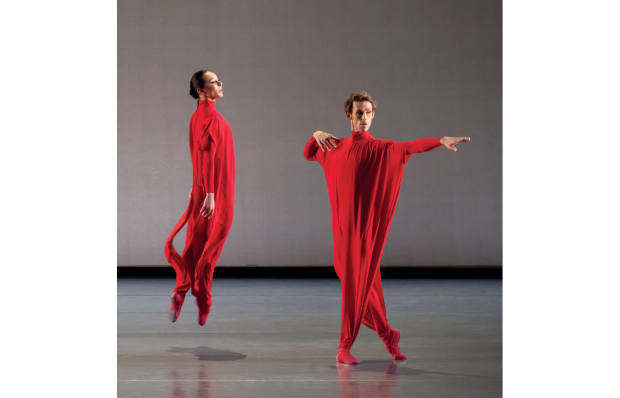
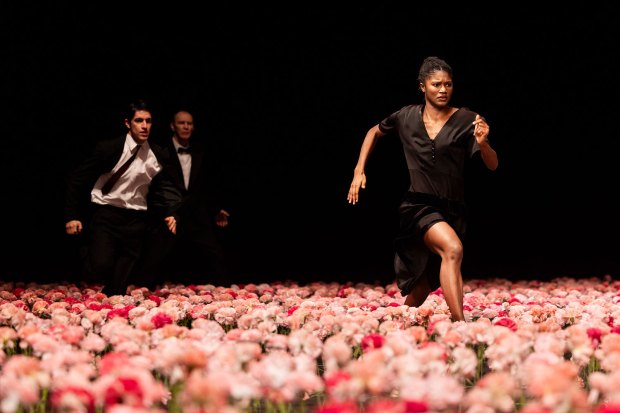
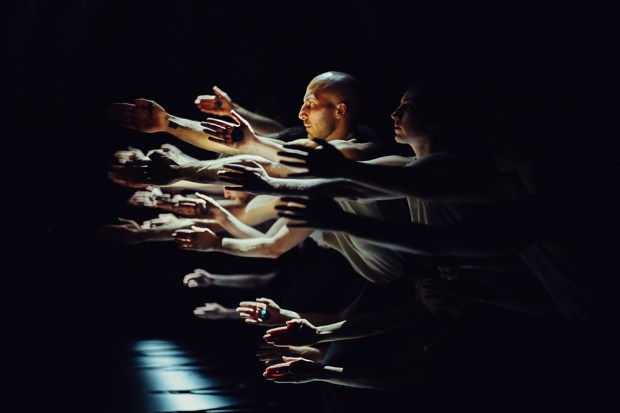
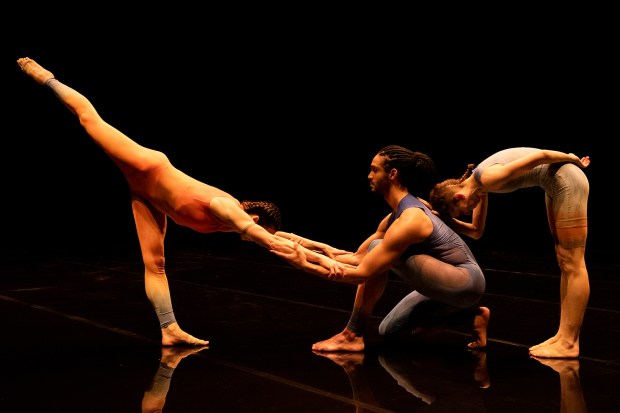
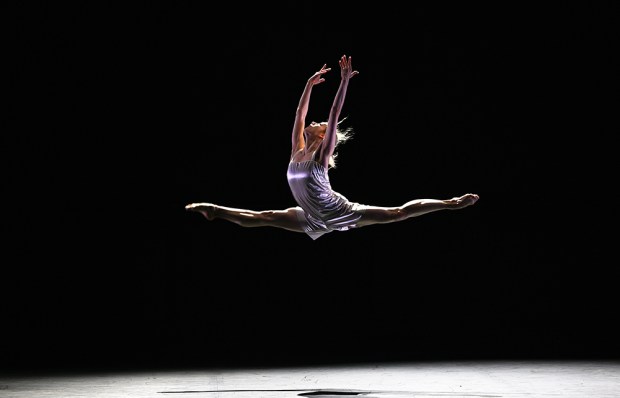
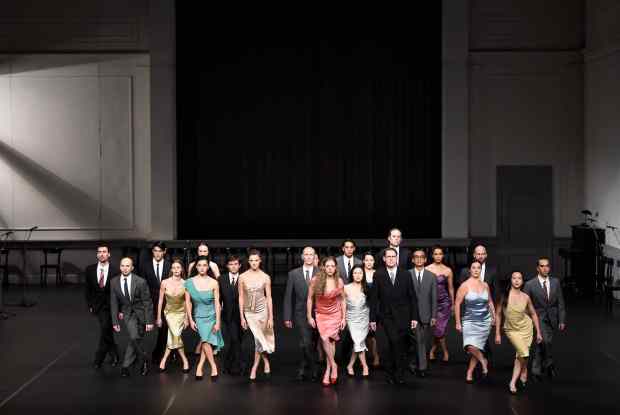






Comments
Don't miss out
Join the conversation with other Spectator Australia readers. Subscribe to leave a comment.
SUBSCRIBEAlready a subscriber? Log in